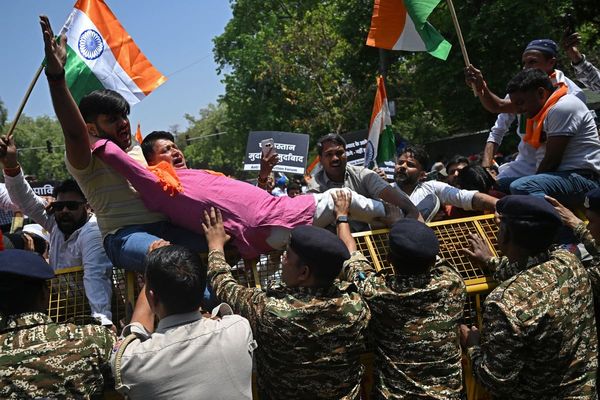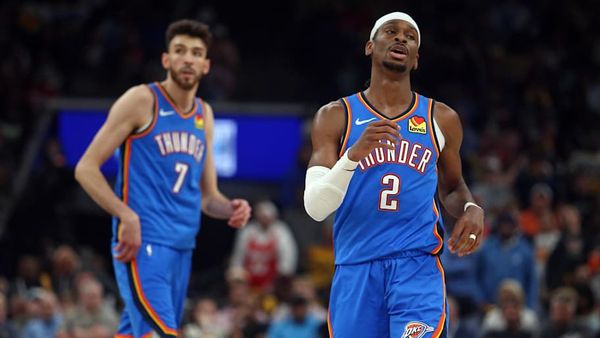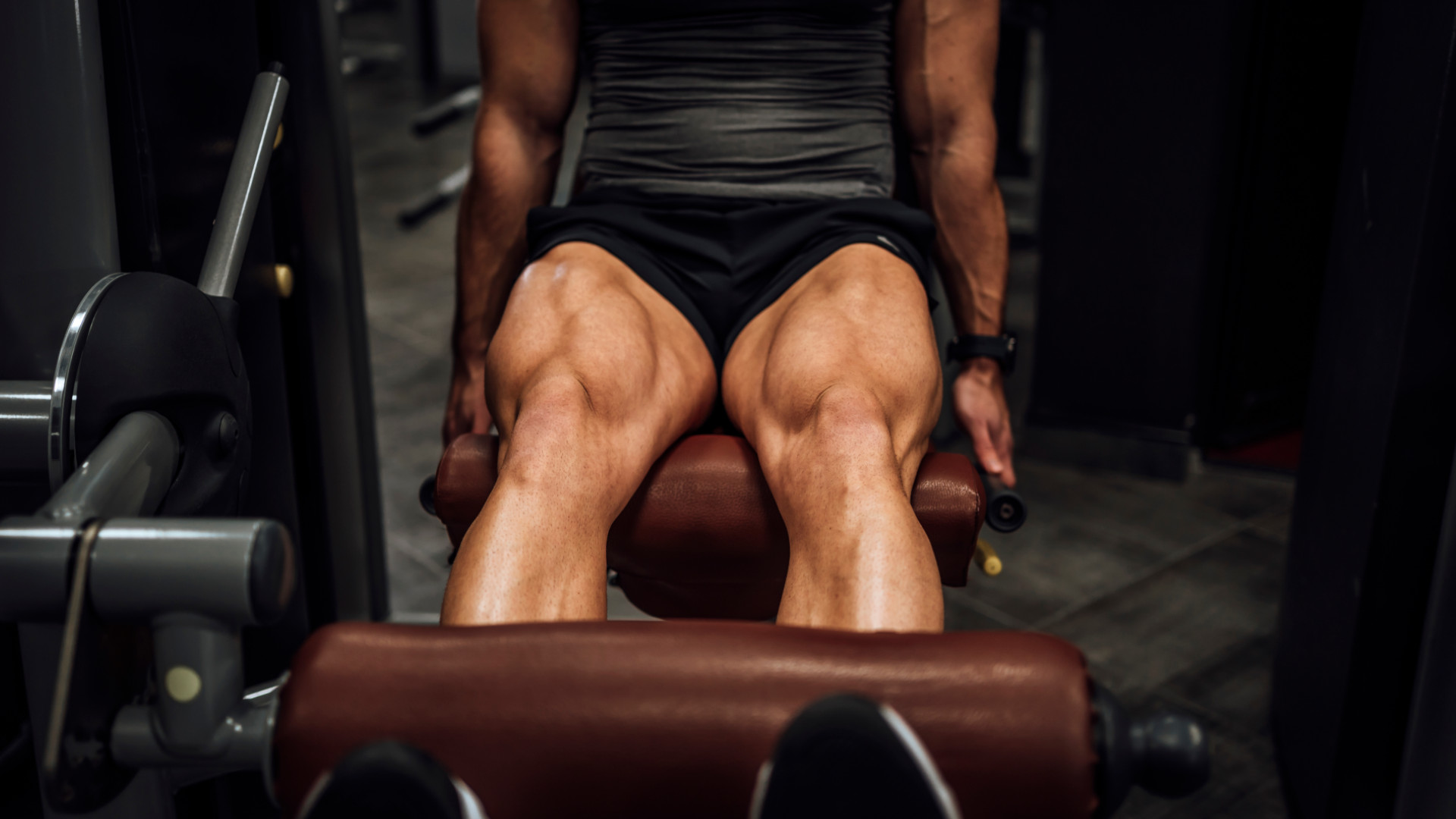
Long-term lifters understand the real importance of leg day (despite how gruelling it may be). Stronger quads help to stabilise our body, power everyday movements, like walking, running and hiking, and generate force – whether that be on the pitch playing sports, or doing heavy squats or deadlifts in the gym. And, real-talk, they look good peeping through your summer shorts.
If you don’t give your quads as much attention as you give your chest and biceps, take this as your cue to start, because you’ll be leaving strength and muscle gains on the table, as well as a ton of everyday benefits.
One person who understands just how important strong quads really are is certified personal trainer and athlete Lauren Pak, who had to completely rebuild her quad strength after sustaining an ACL tear during a football match. Five months post-op, and her quads are back, stronger than ever. In a recent YouTube video ,she's shares the five exercises that helped add more muscle and strength to her quads.
Bulgarian split squats
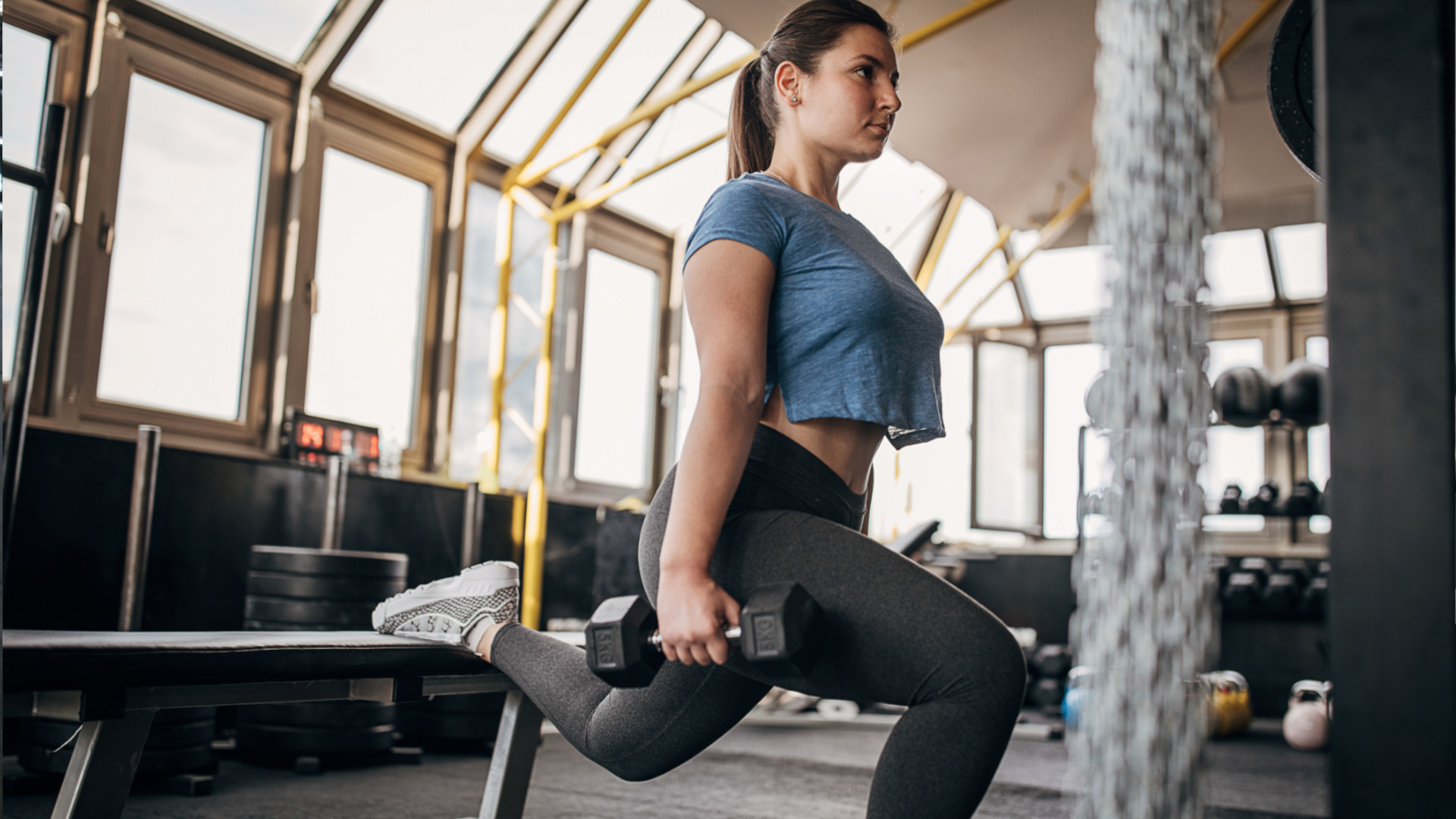
There’s a reason why people get disgruntled by Bulgarian split squats, because despite making your legs shake with every rep, they’re an amazing quad builder. As a single-leg exercise, they’re also excellent for building equal leg strength (important to minimise injury). To get the most out of this move for your quads – as opposed to your glutes – Lauren says to not stand too far away from the weight bench, keep your torso upright, let your knee move over your toes and to push through your front foot.
Heel elevated front squat
Leg day wouldn’t be complete without a squat, now would it? However, the traditional back squat targets the glutes and hamstrings more. Move the barbell to the front, and your quads take the hit. To boost quad engagement, Lauren uses a slant board to elevate her heels. While not essential for everyone – especially those with good ankle mobility – it can help if you struggle to get your knees over your toes or have shorter femurs. “What that’s going to do is shift my weight so my knees end up going more forwards over my toes, I’m going to be more upright and it’s a more quad dominant movement,” she says.
1.5 split squat
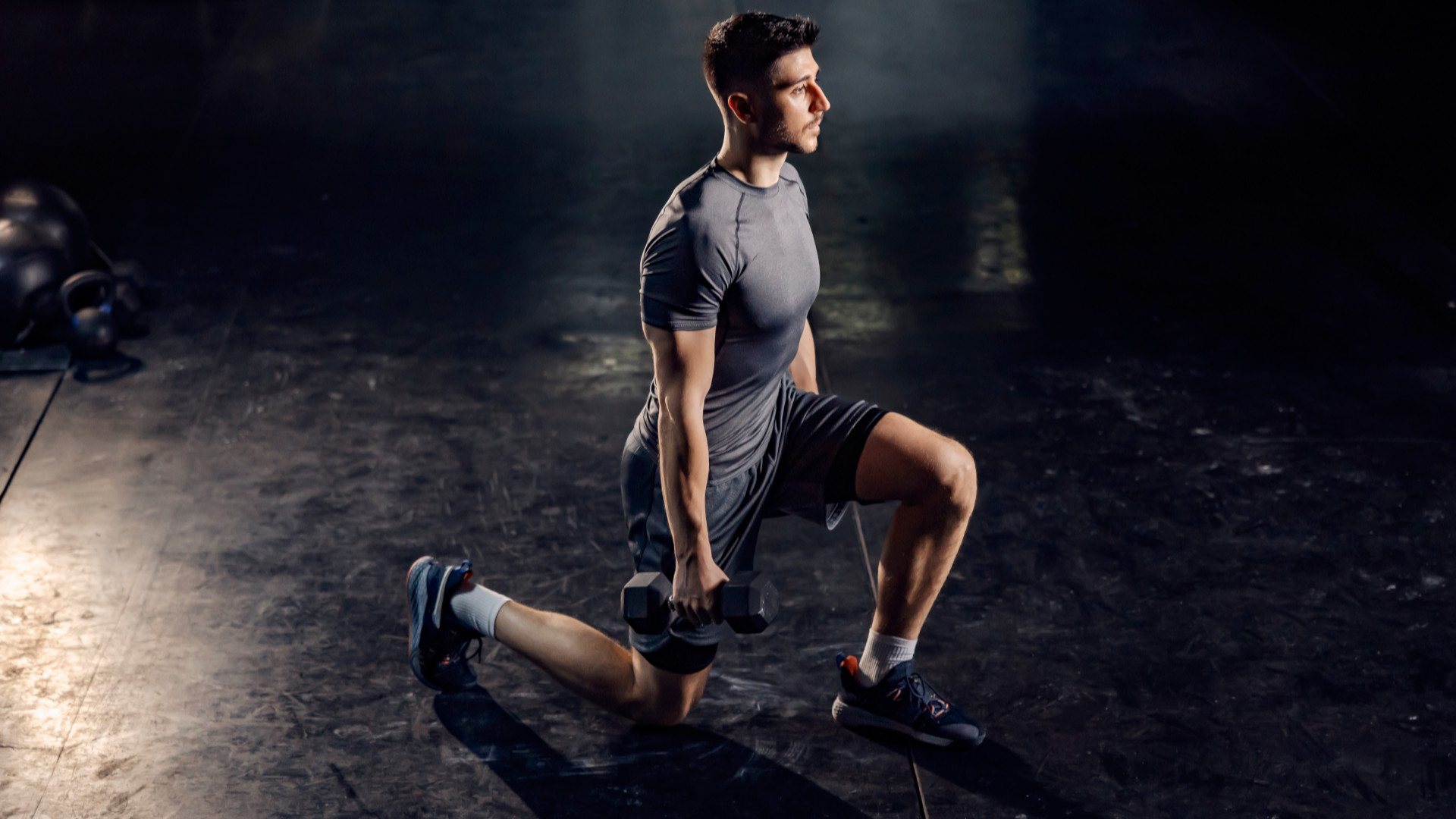
You’re probably familiar with a regular split squat – feet in a split stance position and then lower your knee towards the ground, then back up (like a static lunge). “But the 1.5 split squat is adding that extra half rep that makes it a little spicier, increases the time under tension, and you’re really really going to feel that quad burning.” This time, after lowering your knee to the floor, lift up half way, then lower your knee to the ground again, then return fully. It’s a simple way to up the ante, particularly if you don’t have access to dumbbells or barbells.
Single-leg squat
Another unilateral exercise that’ll leave your quads burning is the single-leg squat. “Very often we’re having to balance and stabilise on one leg at a time and move through life that way, so we want to make sure we train that way as well,” explains Lauren. You’ll begin on a low box – or maybe a couple of stacked weight plates – bend your knee on the box forwards and lower your heel towards the floor to lightly tap it, then come back up. Over time, you can make the exercise progressively more difficult by increasing the height of your box/plates.
Quad isolation machines
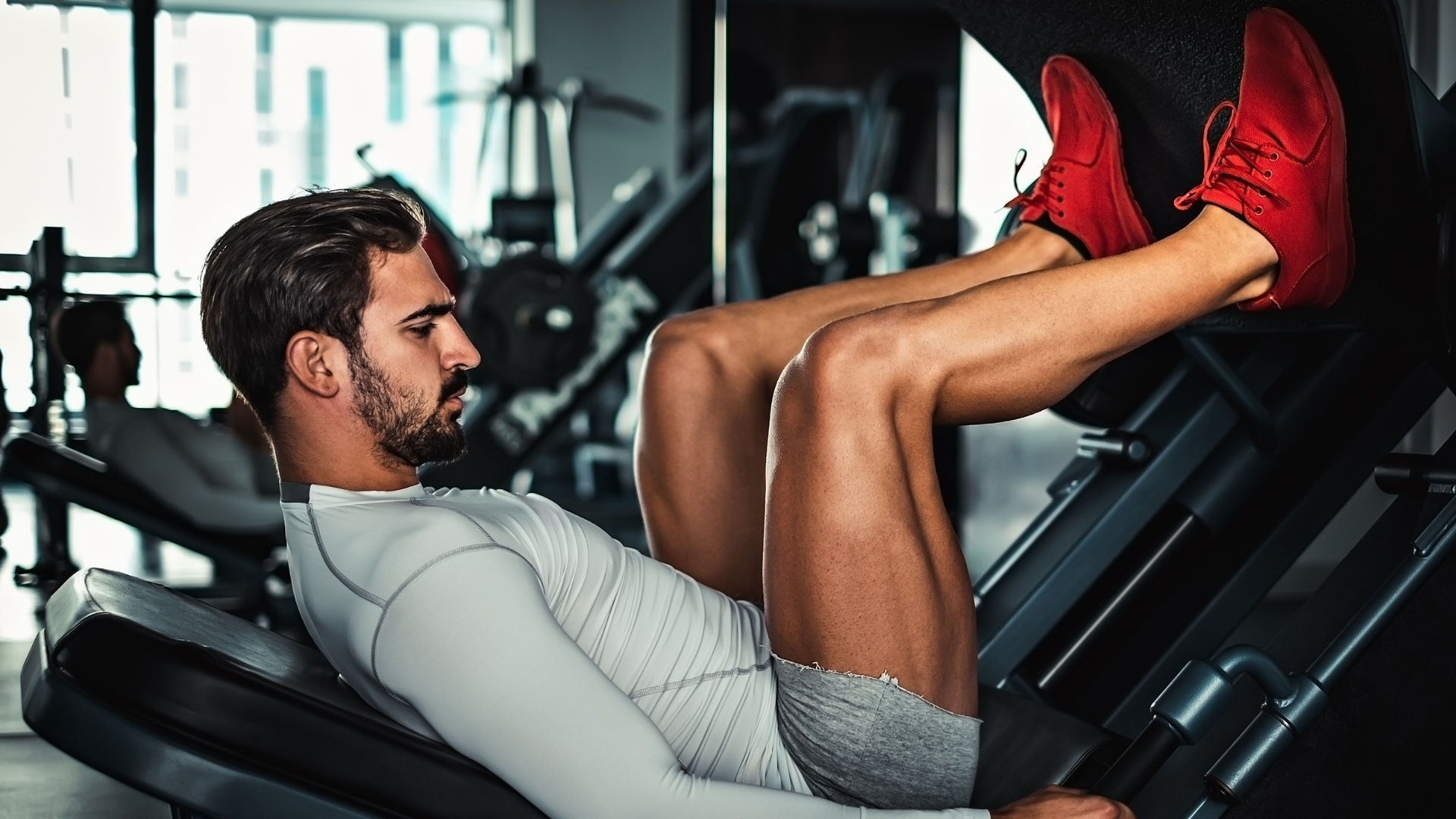
Rather than focusing on a single quad exercise machine (because there are many), Lauren gives a shoutout to a few of her favourites, which include the hack squat, leg extension, and leg press. “While these exercises have less of a direct carryover into everyday life and athletics, they absolutely hammer the quads, while taking away outside factors, like balance and stability.” They’re also great for beginners and are easy to progressively overload to help grow those legs. Just don't forget to incorporate some of the more functional exercises listed above!
